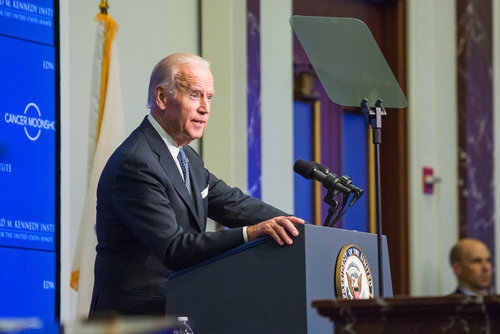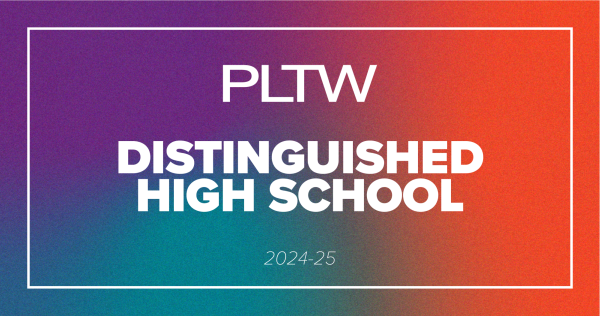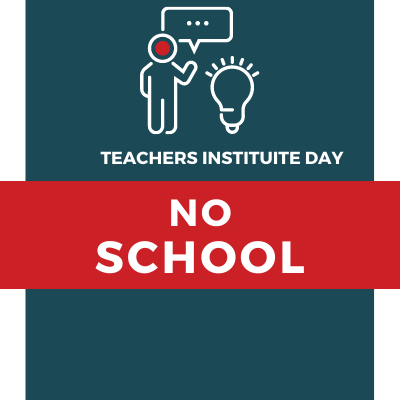Biden’s Student Loan Forgiveness: What you need to know

President Joe Biden speaks on his new plan for student loan forgiveness in the White House on August 24, 2022.
President Joe Biden speaks on his new plan for student loan forgiveness in the White House on August 24, 2022.
On August 24, President Biden notably announced that the federal government would forgive up to $20,000 worth of federal student loans, with a $10,000 forgiveness for borrowers making less than $125,000 per year and a $20,000 forgiveness for those who were Pell Grant recipients. Pell grants are given to millions of low-income students yearly on the basis of their family size and income as well as the cost charged by their college. Often, these borrowers are more susceptible to struggle with repaying their student dent and thus end up in default, which occurs when someone is unable to pay back their loan.
According to Vox, Biden’s proposal would almost entirely eradicate student debt for 20 million Americans, which is nearly half of the 43 million who are still paying their student loans back. Borrowers have until Dec. 31, 2023 to apply for Biden’s relief plan, and more details about it will be announced in the coming weeks, yet immediate backlash—as well as praise—ensued from both sides of the political spectrum.
The two primary criticisms surrounding Biden’s relief plan involve questions of whether forgiving student loans is the right thing to do at all or whether it is the right thing to do right now.
Many are skeptical of the loan forgiveness plan because they believe that spending an estimated $500 billion on many, though not all, who have college degrees and higher household incomes is not the right thing to do, and there are many other places where this money could go. Others believe that while loan forgiveness may be the right step to take one day, given today’s extent of inflation, simply canceling student loan debts could cause people to spend more money. This will then push inflation higher, making everyone feel the harsh impact of forgiving student loans.
Another significant problem that people have with Biden’s plan is that it fails to tackle the main issue that has spurred this plan in the first place: the substantial increase in tuition costs that is customary of postsecondary education. If we don’t have to take loans for elementary school, then is there really a need for such hefty loans to be taken out for college, considering that college is just as much of a “basic education” nowadays as elementary, middle, or high school? Additionally, some are angry with the fact that they were not given this luxury and thus had to pay their student loans back in full. Senate Minority Leader Mitch McConnell has called Biden’s plan “a slap in the face to every family who sacrificed to save for college, every graduate who paid their debt, and every American who chose a certain career path or volunteered to serve in our Armed Forces in order to avoid taking on debt.” Taxpayers too are voicing their complaints with Biden’s new system; some policy experts have made the claim that Biden’s plan will potentially cost taxpayers an average of $2,000, which is up from policy experts’ previous analysis, as CNBC has stated.
However, there are many— including those who are actually going to reap the benefits of this relief plan—that say it is fair, and even hope that Biden would do more for debtholders after seeing what is possible on the executive level. Furthermore, several economists say that holistically, Biden’s plan is meant to make substantial changes to reduce the payments that millions of borrowers will make for years to come, thus helping many middle-income borrowers not just in the moment but also in the future.
At Neuqua Valley, there are mixed opinions on the topic. When James Janota, an English teacher at the school, was asked about how he felt that some amount of his tax dollars could go to help pay off other students’ loans, he said that “[his] tax dollars already go to pay for many other things for many other people. Why should [he] be upset about one more thing that goes to help others?” A group of highschool students, however, when asked in a short survey, responded with ambivalence: 56% of them were not sure what to think of Biden’s new plan, 28% were in support of it, and 16% were against it.
The White House itself has been vague when probed with questions about this debt relief plan, offering only partial estimates of who would benefit the most from this plan and how much they would have to reduce federal revenue. However, officials have claimed that the plan would not add to inflation and be “paid for,” although several economists partially or wholly disagree with these statements.
Biden’s plan is notable as it recognizes the White House’s desire to assist Americans in their pursuit of a postsecondary education, yet there are also clear loopholes that surround this debt relief. Hopefully, one day an entirely new financial plan for the pursuit of higher education will be created, but for now, we are just going to have to see where this one takes us.
Your donation will support the student journalists of Neuqua Valley High School. Your contribution will allow us to print our next newspaper edition as well as help us purchase equipment and cover our annual website hosting costs.






Aaron Lue • Sep 12, 2022 at 10:01 am
I feel like student loan forgiveness is a temporary solution to abating the problem, but there needs to be more done with the cost of tuition and inflation.